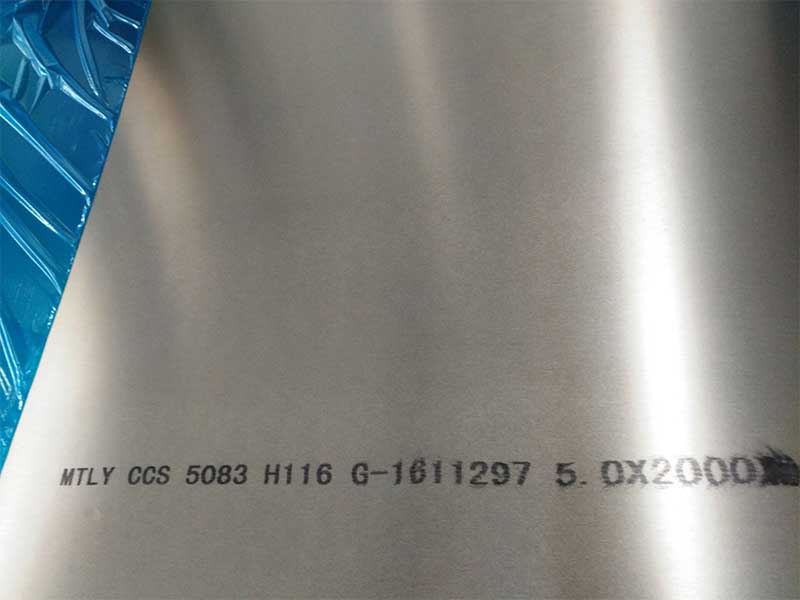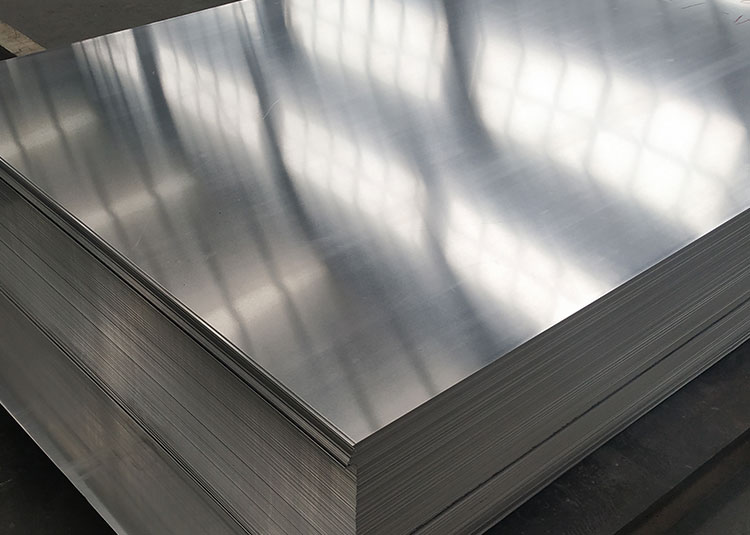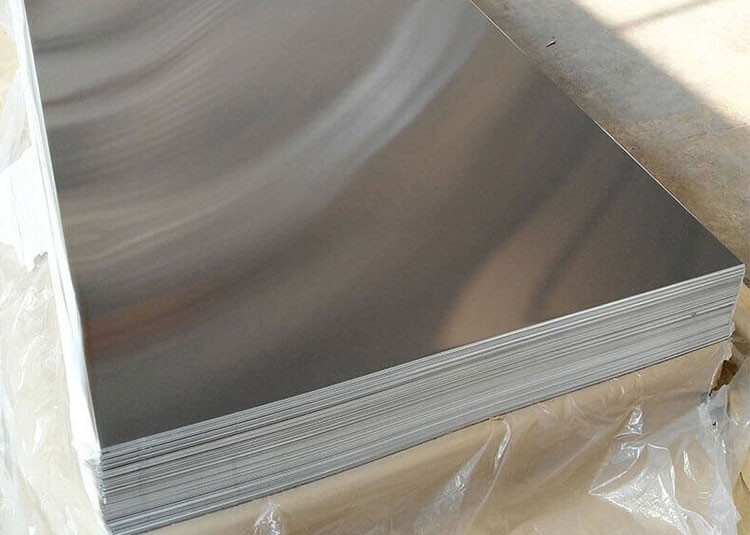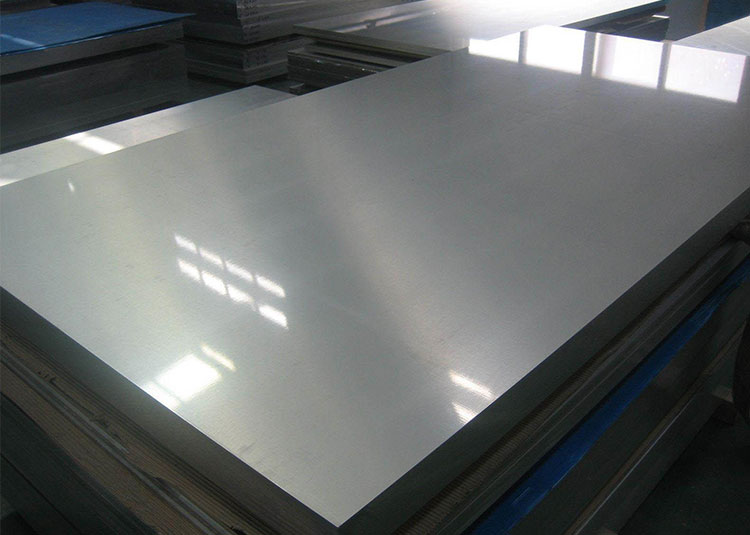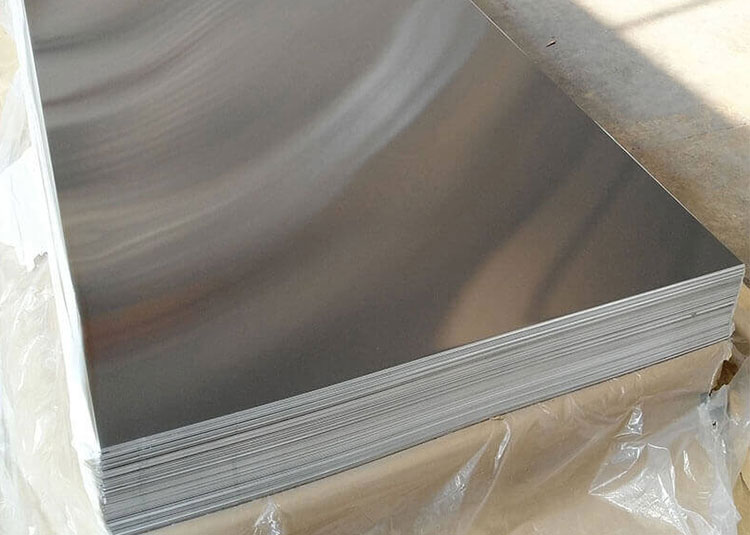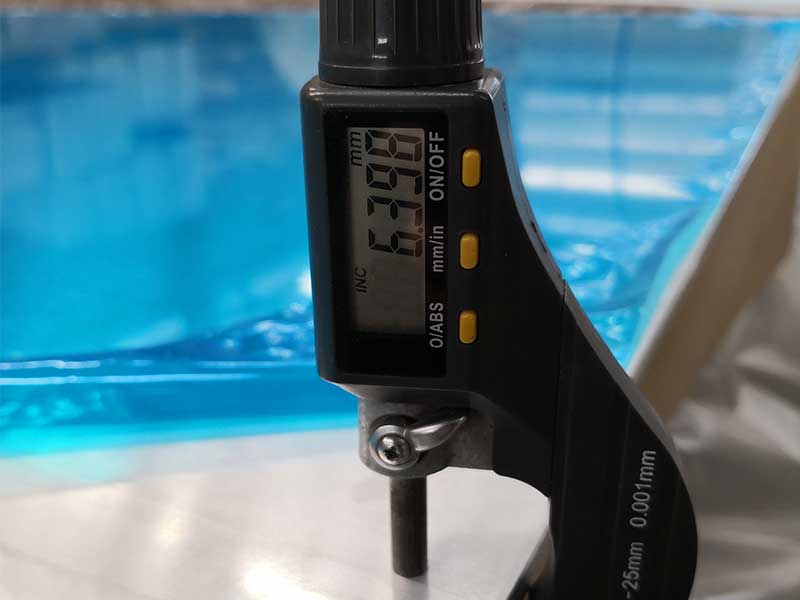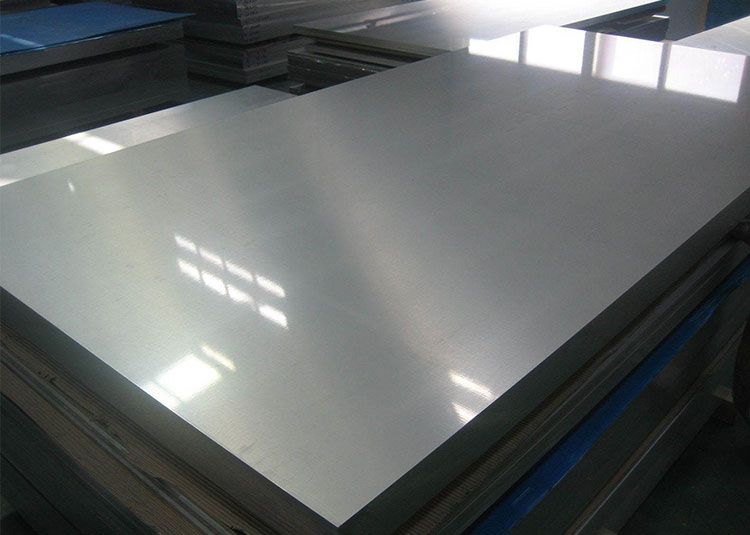Introduction to Aluminum Honeycomb Panels: Strength and Versatility from Nature’s Blueprint
Imagine nature’s beehive — a masterpiece of efficiency and strength built with minimal material but capable of supporting vast structures. Aluminum honeycomb panels borrow this ingenious design, translating it into modern engineering marvels that combine lightness with exceptional durability. But what truly sets these panels apart isn’t just the hexagonal perforations; it’s the harmony of materials and form that deliver remarkable performance across diverse fields.
The Unique Construction: A Marriage of Aluminum and Air
At the heart of aluminum honeycomb panels lies a core made of countless tiny hexagonal cells, mimicking honeycomb geometry. These cells are sandwiched between two thin aluminum sheets, creating a panel that is incredibly lightweight yet surprisingly stiff. This structure exploits the physics of honeycomb geometry, offering properties unattainable by solid sheets of similar thickness.
Why aluminum? Its natural corrosion resistance, low density, and excellent strength-to-weight ratio make it a perfect candidate. The honeycomb core acts like a network of mini-columns that share loads efficiently, distributing weight evenly and resisting impacts, bending, or crushing forces without adding unnecessary bulk.
Features: Strength, Lightweight, and More
-
Exceptional Strength-to-Weight Ratio: Unlike conventional panels, an aluminum honeycomb panel maintains rigidity while significantly reducing weight. This characteristic is vital in applications where lowering mass enhances performance and efficiency, such as in aerospace or automotive industries.
-
Energy Absorption and Shock Resistance: Thanks to the air-filled cells inside, these panels act like mini-shock absorbers, cushioning impacts and protecting underlying structures.
-
Thermal Insulation: The trapped air within the honeycomb core also helps to slow down heat transfer, lending the panels good thermal insulation properties.
-
Corrosion Resistance and Longevity: The aluminum sheets surrounding the core resist oxidation and weathering, which prolongs panel life with minimal maintenance.
-
Design Flexibility: These panels are easily cut, drilled, or molded to fit complex architectural shapes, allowing creative freedom without compromising performance.
Practical Applications: Multidisciplinary Use of Aluminum Honeycomb Panels
The remarkable blend of qualities means aluminum honeycomb panels have found their way into many industries:
-
Aerospace and Transportation: Every gram saved in aircraft design contributes to fuel efficiency and higher payload capacities. Honeycomb panels serve as floor substrates, aircraft interiors, and ceiling panels.
-
Architectural Cladding and Facades: Lightweight yet durable, these panels enable striking building designs while providing weather-resistant envelopes that reduce overall structural load.
-
Marine Industry: Corrosion-resistant panels function in yacht interiors and lightweight superstructures where exposure to moisture and salt is high.
-
Industrial Equipment: Protective doors, partitions, and machinery housing benefit from panels that offer good impact resistance and sound insulation.
-
Sports and Leisure: Sporting goods and carrier cases demand material that is sturdy yet light; aluminum honeycomb panels fit perfectly in such ergonomic considerations.
Concluding Thoughts
The aluminum honeycomb panel is more than a sum of its material parts — it represents a fundamental shift towards efficient design inspired by nature’s algorithm for strength and economy. Beyond just technical specs, it embodies how engineering excellence and aesthetics can integrate seamlessly, bringing robustness, lightness, and versatility to sectors shaping the future.


